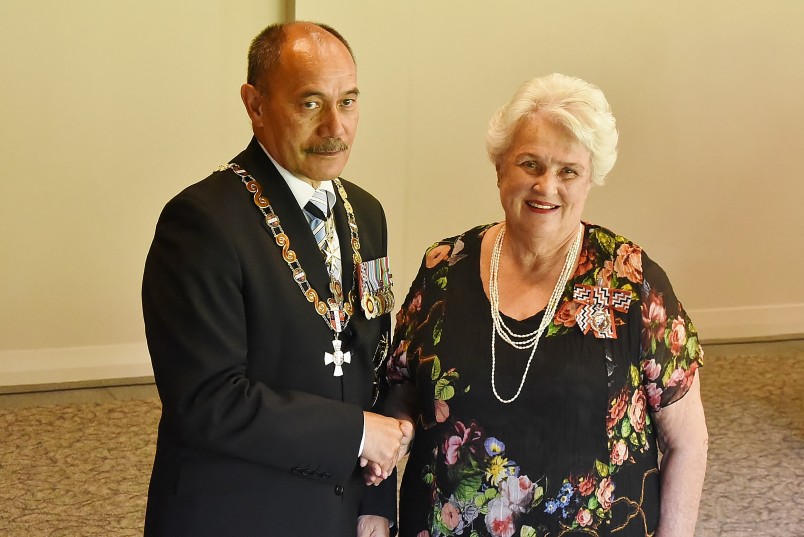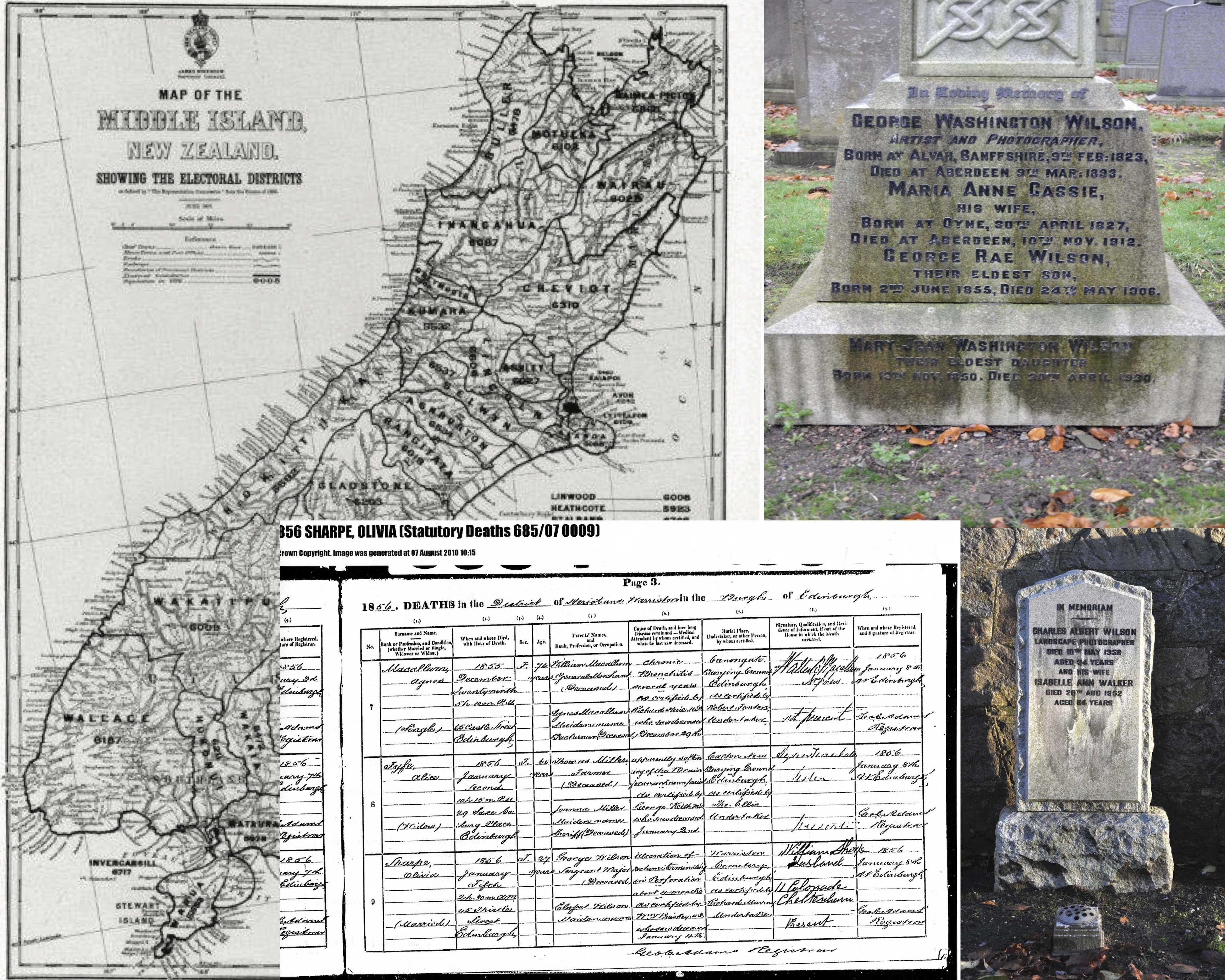Baptisms Catholic
These records include details the names of the child and parents. Also, Parish which may help with place of settlement.
Further information may be available from the Auckland Catholic Diocesan Archive A charge may apply.
Confirmations Catholic
These records include details the names of the child. Also, Parish which may help with place of settlement.
Further information may be available from the Auckland Catholic Diocesan Archive A charge may apply.
Marriages Catholic
These records include details the names of the child and parents. Also, Parish which may help with place of settlement.
Further information may be available from the Auckland Catholic Diocesan Archive A charge may apply.
Burials Catholic
These records include name year and parish of the deceased.
Further information may be available from the Auckland Catholic Diocesan Archive A charge may apply.
Cremations, Purewa
These records include comprehensive details of the individual.
Further information may be available from the Purewa Cemetery Website A charge may apply.
Burials, Purewa
These records include comprehensive details of the individual.
Further information may be available from the Purewa Cemetery Website A charge may apply.
New Zealand Early Settlers Locator
As these records are from a wide range of sources, check the Early Settlers icon under "How the records were compiled" for further information.
Burial Records
The locator is not a complete transcription giving full details but rather points the researcher to a source/s. Check the Burials/Cremations icon under "How the records were compiled" for further information.
Electoral Rolls
1881
In 1879, all men in New Zealand (except aliens and those in prison) were granted the right to vote for Members of the Provincial Councils and the House of Representatives. They needed to have resided in the Colony for one year and in the electorate for six months prior to the election.
"The New Zealand Electoral Atlas" by Alan McRobie (1989) contains maps showing changes in electoral boundaries from 1853-1987.
Electoral Rolls
1893
This significant year in our history saw voting rights extended to include all women aged over 21 years. The Governor signed the Electoral Act on 19 September 1893. New Zealand became the first self-governing country in the world to grant the vote to all women when the elections were held in November.
However, women weren't able to stand as candidates or be elected as Parliamentarians until 29 October 1919 when the Women's Parliamentary Rights Act became law.
Electoral Rolls
1896
Electoral boundaries had been redistributed. Seven old seats were abolished, and seven new electorates established. The vote was held in December and electors could only vote in the electorate in which they lived.
Electoral Rolls
1911
The 1911 General Election saw over 590,000 people registered to vote. A record 83.5% of those registered exercised their vote on 7 and 14 December.
Electoral Rolls
1925
This year saw the introduction of Compulsory Registration, although voting was not compulsory.
Marriage Records
Marriages 1830-1960
Alphabetical list of possible follow up marriage resources
It is worthwhile checking some of the following sources for more information about your ancestor.
WW1 Service Records
Further information may be available from NZ Archives ( Archway) site or the Cenotaph site at Auckland Museum Library. A charge may apply.
Hillsborough Cemetery Database
Research Notes
This database was created by Peter Nash from burial records obtained from the photocopies held by Auckland Public Libraries. These are unsubstantiated at this date (2020). Auckland Libraries records finish in September 1974.
Remarks column: Contains general comments such as articles found, obituaries, parents of stillborns, nun's religious names, etc.
Headstone inscriptions: Contains the original NZSG inscriptions done in 1986-1987 except five which could not be attached to any particular burial. These include mother (twice), Peggy (once) and La Bulla (once). The NZSG monumental inscriptions records have been updated to early 2010 and burials to 2008.
Waikaraka Cemetery Database
Research Notes
This database was created by Peter Nash from Burial Records obtained from the photocopies held by Auckland Public Library and the original database supplied by the library. The original database was corrected using the BDM website, newspapers, The NZSG MI collection etc.
Some entries e.g. stillborn have not/cannot be substantiated as yet. There are some errors so please use this as a guide rather than a definitive source.
Where there is an AKA, alias or different spelling each option has been entered as a separate entry.
Headstone inscriptions contain the original NZSG inscriptions (none have been deleted other than some which could not be attached to a specific burial) Peter Nash has updated a substantial part but not all the cemetery monumental inscriptions.
Dates of birth come from the BDM death entry on their website not the original burial record.
Remarks contain general comments such as articles found, obituaries, parents of stillborns, nun's religious names etc. as well as explanations of minor changes that have been made.
I would like to thank Peter for his generosity in sharing his database with us and hope you find it useful in your research.
Returned Services Association (RSA)
These records include a variety of death notices of some service personnel published in the "Last Post" column of the RSA Review 1984-2013.
Sheep Owners
These records of New Zealand citizens who owned a particular number of sheep are useful to place folk in a district. The information was extracted from public lists published by the Annual Journal of the House of Representatives (AJHR) 1879-1919.
Maori Marriages
These records were transcribed from the Microfiche released by the Registrar General to cover the year 1911-1952. The names were clearly difficult to record and confusion between Bride and Groom names is obvious These need to be used with caution.
Although this database does not link the couples, many of them are included in the RGO's current on-line index. You will need to be creative in your search to find the match. Often the surname and given name have been transposed.
Wairau Petition
Although New Zealand has not kept the official census returns there is a possibility to glean some social and family history from various lists which have survived.
One is the Wairau petition complied from a report in the local newspaper, the Nelson Examiner and New Zealand Chronicle of 15th June 1844 recording information on over 500 citizens of Nelson New Zealand.
The Wairau incident which occurred on 17th June 1843 refers to a clash between the New Zealand Company settlers and the local Ngati Toa people regarding the settlement of the Wairau Valley.
Peter Nash Cemeteries Index
These records were extracted from the microfiche of cemeteries transcribed by the NZSG members over the years. Full transcriptions are available on Ancestry.
Peter Nash Hokianga Index
The Hokianga Index is a collection of indexes created by Peter Nash over many years of research into the history of Hokianga and Hokianga people.
It includes indexes from newspapers, electoral rolls, cemetery records, books and particular booklets produced for church and school reunions, the Appendices to the Journals of the House of Representatives (AJHR) and various Family Histories.
All documents from which the indexes are created should be fairly easily accessed at Public Libraries (particularly the Auckland Public Library), museums (particularly the Auckland War Memorial museum and the Hokianga museum) and the NZ Society of Genealogists library.
Contact Peter Nash panash@xtra.co.nz for possibly more information. A charge may apply.
Peter Nash Schools Index
These records have been sourced from mostly school jubilee booklets which are available at various libraries.
For further possible detail contact panash@xtra.co.nz A charge may apply.
Peter Nash Northern Luminary Index
This index was created from the newspaper of this name.
For further possible detail contact panash@xtra.co.nz A charge may apply.
Peter Nash HOR Journals Index
Various reports applicable to the Hokianga have been extracted from the Appendix to the Journals of the House of Representatives from 1887,1891,1892 This is not a full index for the AJHR.
Tony Christiansen Index
This index is part of a larger index of pre-1846 settlers into New Zealand. It has been sourced from many public documents such as National Library, Turnbull Library, websites and newspapers.
Contributions are always welcome.
For further information and source details: Contact Tony Christiansen teecee237@gmail.com
Tony Christiansen Index
This index is part of a larger index of pre-1846 settlers into New Zealand. It has been sourced from many public documents such as National Library, Turnbull Library, websites and newspapers.
Contributions are always welcome.
For further information and source details: Contact Tony Christiansen teecee237@gmail.com
Tony Christiansen Index
This index is part of a larger index of pre-1846 settlers into New Zealand. It has been sourced from many public documents such as National Library, Turnbull Library, websites and newspapers.
Contributions are always welcome.
For further information and source details: Contact Tony Christiansen teecee237@gmail.com
Tony Christiansen Index
This index is part of a larger index of pre-1846 settlers into New Zealand. It has been sourced from many public documents such as National Library, Turnbull Library, websites and newspapers.
Contributions are always welcome.
For further information and source details: Contact Tony Christiansen teecee237@gmail.com
Tony Christiansen Index
This index is part of a larger index of pre-1846 settlers into New Zealand. It has been sourced from many public documents such as National Library, Turnbull Library, websites and newspapers.
Contributions are always welcome.
For further information and source details: Contact Tony Christiansen teecee237@gmail.com
NEW ZEALAND ENGINEERING BIOGRAPHICAL INDEX
1912 – 2012
Rob Aspden Index
This is an index of items containing biographical information and obituaries taken mainly from publications of New Zealand Engineering and from the Proceedings of the NZ Institution of Engineers. Other associated publications have also been included in the index. The index has been assembled by Rob Aspden.
The Institution of Professional Engineers, New Zealand (IPENZ) began in 1914 as the New Zealand Society of Civil Engineers (NZSocCE). This Society had itself been formed from the Institute of Local Government Engineers, NZ (ILGENZ) which had been started two years earlier.
The bodies issued technical papers in the form of Proceedings annually until 1951, and have published periodical magazines, journals and reports since then.
The biographical information comes mainly from the “People” section of the magazine, as well as from obituaries and lists of deceased members included in the Annual Reports. Members of IPENZ who were servicemen in the First and Second World Wars have also been included. The criterion for inclusion was that in the indexer's opinion there is significant information of a biographical nature.
On its own this Index provides limited information. It is intended that this Index should be used as a pointer to locate further information by following the references detailed. Much of the information is found in the magazine New Zealand Engineering. Copies can be found in major city libraries, in the National Library, in the libraries of the Engineering Schools at Auckland University and Canterbury University, and in the technical libraries of larger consulting engineers.
Copies of the books Early New Zealand Engineers and Learning, Service, Achievement should be available in most of the larger public libraries. The Proceedings and other publications are probably only held by the Engineering School libraries mentioned above, or the National Library. Some material is also held at the office of the Institution of Professional Engineers, PO Box 12-241, Wellington.
For further information, please contact R J Aspden, email
rob.aspden@xtra.co.nz
Large Land owners 1885 Index
This index compiled by Christine Clement from the Lake County Press show the extensive holdings of about 30 families or partnerships in NZ in 1885.
Auckland Game Licences
This index was compiled by Christine Clement from the Waikato Times 1880.
Bay of Plenty Game Licenses
This index created by Christine Clement from various newspapers covers the period of 1884 - 1935 mainly for the Tauranga Area.
Boer War Roll of Honour
This index of the New Zealand Roll of Honour for the South African Anglo Boer War was created by Christine Clement from many sources.
Te Puke Death Notices
These death notices were pasted into scrapbooks by Mrs Jean Barnett who lived in Te Puke all her life. She was the "original genealogist" and kept notices and obituaries not only for Te Puke and ex-Te Puke residents but for known relations. These cover mostly the period from the 1940s to the 1960s, though there are entries for either side of this. Thanks to the late Val Gibbons for allowing these to be made available to all and to Christine Clement for sharing.
Passenger Lists, Various
This index created by Christine Clement from various newspaper reports from 1841 to 1880 is a very small sample of the shipping of Immigrants to New Zealand. However it is a start and we hope to add to this collection.
New Zealanders who Died in the UK during WW1
This database has been created by Graham Grist over a period of time from many sources to list New Zealanders who were buried in the United Kingdom during the WW1 conflict. Contact Graham for more information at grahamila@googlemail.com
.jpg)


.jpg)





